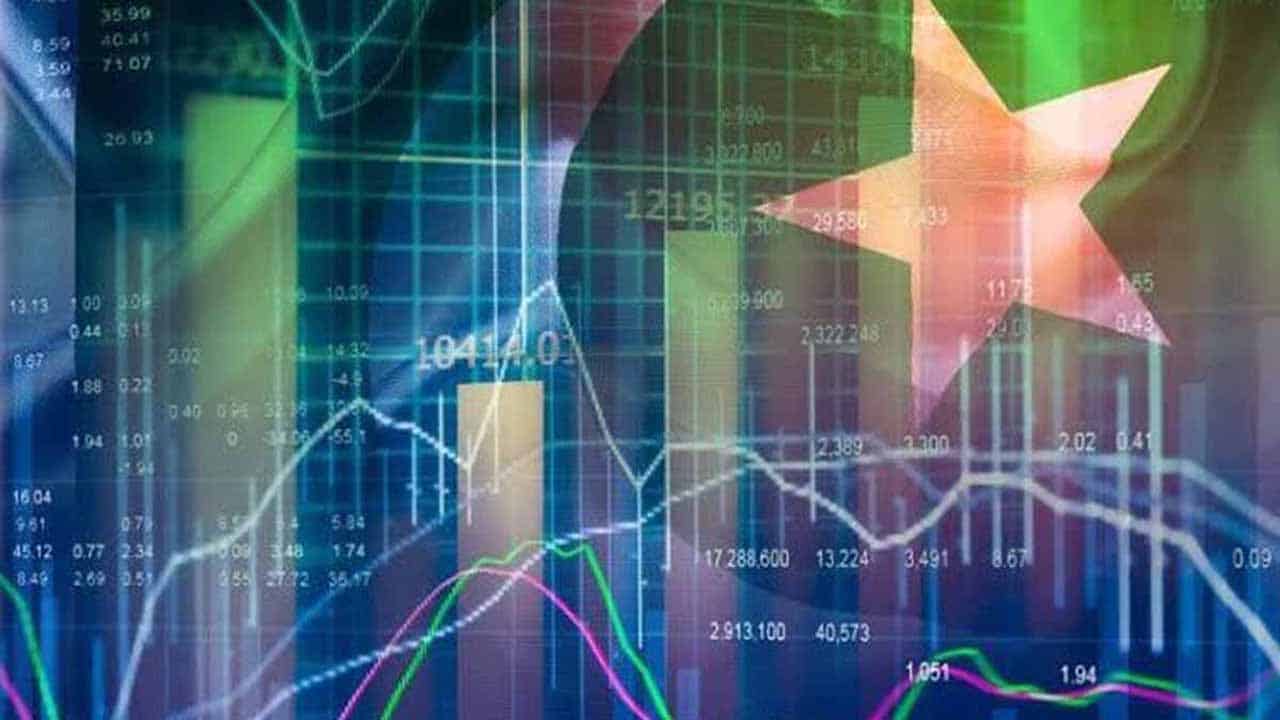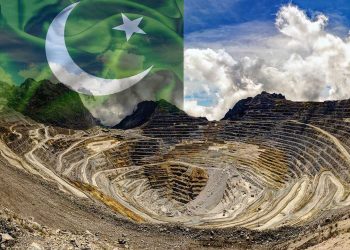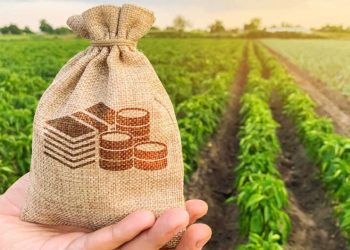ISLAMABAD – Pakistan’s economy, according to the ministry of finance, is gradually moving toward a more inclusive and sustainable growth path, with the GDP expected to expand at a rate of 4.8 per cent this fiscal year.
The government is implementing economic policies aimed at strengthening the economy, based on price stability and the external and fiscal sectors’ long-term viability. The positive impact of these reforms can already be seen in the improved performance of key economic indicators. The output of essential crops such as cotton, sugarcane, rice, and wheat in the agriculture sector looks promising for Rabi FY 2021-22. In terms of industries, LSM grew by 3.3 percent from July to November of FY 2021-22. Similarly, high-frequency data has shown strong performance, indicating strong domestic economic activity. Inflation in the CPI (July-December FY 2021-22) was 9.8%, up from 8.6% the previous year.
Due to a constantly growing import volume of energy and non-energy commodities, the current account posted a deficit of $9.1 billion (5.7 percent of GDP) for July-December FY 2021-22, compared to a surplus of $1.2 billion (09 percent of GDP), as a result of effective implementation of monetary and fiscal policies.












